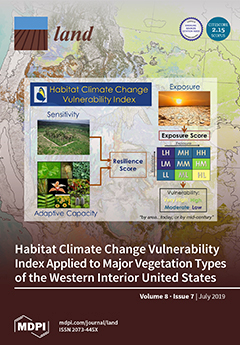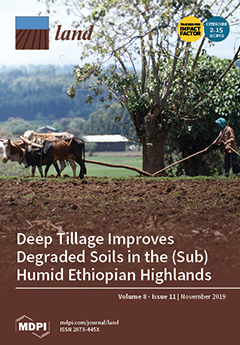Il contesto di sviluppo del sistema CASBEE (Comprehensive Assessment System for Building Environmental Efficiency)
Nel comparto dell’edilizia, si assiste a un enorme dispendio di energie e risorse. Ciononostante, a fronte di una crescente sensibilizzazione ai problemi dell’ambiente globale, gli operatori di questo comparto hanno individuato anche la necessità di fornire qualche contributo volto ad attenuare concretamente le problematiche ambientali. In un simile contesto, è scaturita l’esigenza di sviluppare BREEAM.









